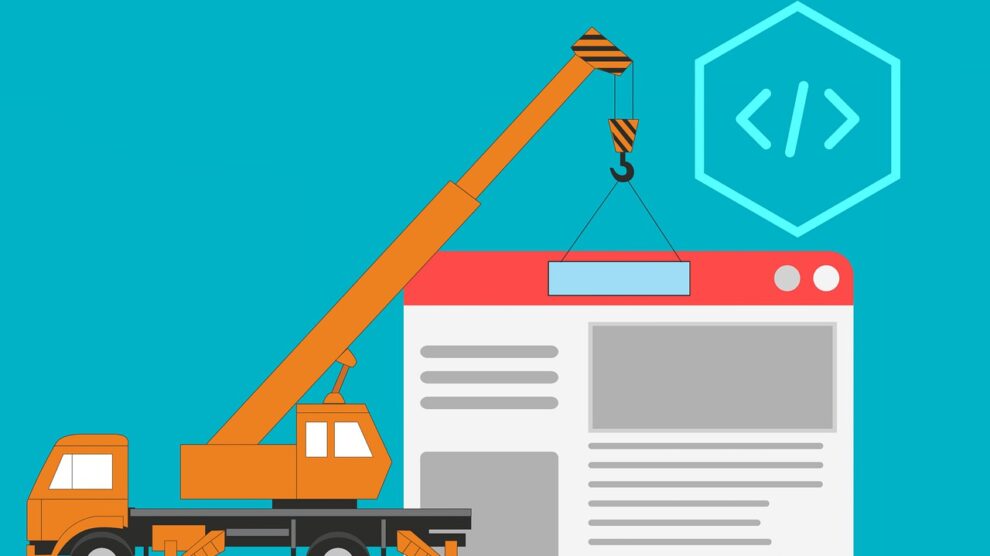Mediocre search traffic, no improvement in email signups, no increase in leads, and acquiring more clients, sound familiar? It directly indicates that the users are ditching your website, and the traffic doesn’t stick around for a long time.
If the bounce rate is higher, you need to start working on redesigning your page. You need to build a proper content strategy covering the same aspects one needs for product design and marketing. Increase your conversion ratings and lower your website audience’s bounce rates with these nine simple web design tips.
Remove the Irrelevant Annoying Popups
The number of popups, garish video, and text ads can turn off visitors and increase bounce rates. Use only a few ads and popups and try to place them far away from your content. Users hate pop-ups as it disrupts their reading and leads to bad user experience.
No denying that some pop-ups can help you boost the email list on your websites, but you won’t get organic visitors. However, if you need long term organic visitors for your website, it is better to limit or avoid popups.
Work on the Readability
Your website’s content needs to be readable and legible without large chunks and lousy formatting. The content formats have to be easy to read, or the target customers will leave the website. Break the article into different parts like the headings, then the subheadings and bullet points, and avoid passive voice.
Follow these tips to make your website content more readable:
- Subheadings give more idea about the topic.
- Small bullet points are easy to read.
- Images, charts, and quotes can make your content look more creative and colorful.
- Bold the keywords and use them appropriately
- Motivate readers to participate by including relatable questions
- Always end the content with “Conclusion” and make it actionable.
Make the Website Navigation and Structure Accessible
Multi-level hierarchical structures and difficult wordings on your website can make the visitors switch to different websites. The website’s navigation and structure design should be easy enough for users to access any information they want.
Make the text on your website legible and make sure the size is user friendly and professional. Don’t make the text size too big that it looks childish or too small that it looks unprofessional. Always apply a sharp contrast between the font colors and the background to improve the user’s experience.
Yield the ROI with the Right Content
The businesses have to update their website with fresh content to generate more leads. Try to lean over for the ‘Right’ content rather than the powerful one. Powerful content will surprise your audience, but one requires the right content to implement and produce results.
Always remember that your readers can always see through the manipulative and deceptive tactics. However, by adding fresh content to your website, you can build momentum and establish trust amongst your readers. This will lead to repeat visitors and loyal readers that will eventually increase revenue and conversion rates.
Increase Traffic with High-Value Keywords
For a content marketing campaign, you need high-value keywords to attract high-value traffic. Simply writing content for your site is not enough, and you should know about the high-value keywords to adequately reduce the bounce rates.
Every search item falls into two major categories of keywords, commercial and informational. Commercial keywords are for the specific product and result in a sale, and the informational ones help create awareness. High-value keywords support in-depth and powerful content that will lure your users into spending more time on the website. You can use Google Keyword Planner and plug in the keyword with qualifiers in the search box.
Formulate the Content Strategy to Attract the Right Visitors
The bounce rate will not reduce if you are getting the wrong website visitors from the beginning. Formulate the content strategy in a way that takes the full buying cycle into account.
Like for the internet industry, lengthy and protracted articles come under high quality as they cover every question and audience’s concern. However, for non-internet-related industries, short and informative articles perform better, especially on social media platforms.
Optimize the Meta Descriptions for Search Users
For websites to keep up their click-through rates, they need to optimize their meta descriptions for users. The meta description is an attribute that tells about a particular web page. When users type a keyword on Google search, it is the meta description that showcases your web page’s snippets. It differentiates your site from others, and it becomes easy for users to decide whether the result is right for them.
The meta description’s size does not exceed 155 characters, as if the reader sees ellipses(…..), they can feel misled. How can you form a perfect meta description?
- Always add the main keywords to your description. It will be easier to attract the audience.
- Add a call to action like “just click here to know….”
Create more Landing Pages
More landing pages mean a better user experience and a reduction in bounce rates. The landing pages should have high-value keywords based on your website niche. Once you create more landing pages, make them easy to navigate and link them to the homepage. If users don’t get what they are looking for, it increases the bounce rate, and multiple pages can prevent it.
Focus on the Site Speed
If your site takes over 2 seconds to load, you will find your audience on your competitor’s site on the third second. If the site is consistently slow in loading pages, your site will slip in rankings, and the bounce rate will jump higher. Site speed can completely ruin your business, and the audience will never buy your services.
Conclusion
The content plays a significant role in reducing the bounce rate and boosting up the conversion rates. Some of these strategies can give good results in less time but remember that you have to be consistent to maintain lower bounce rates.





